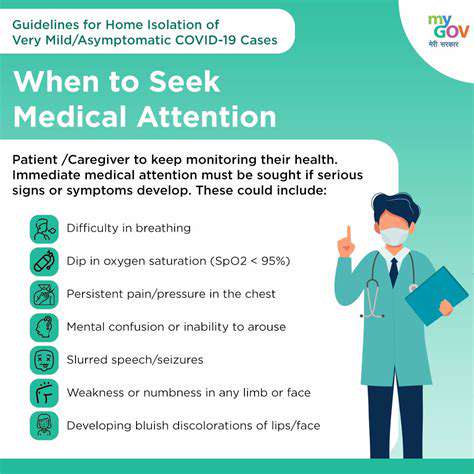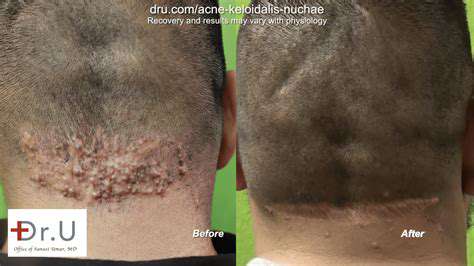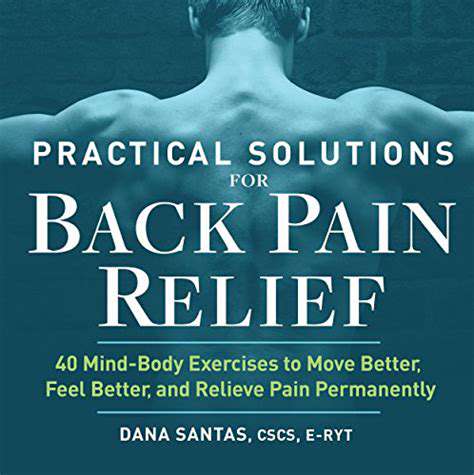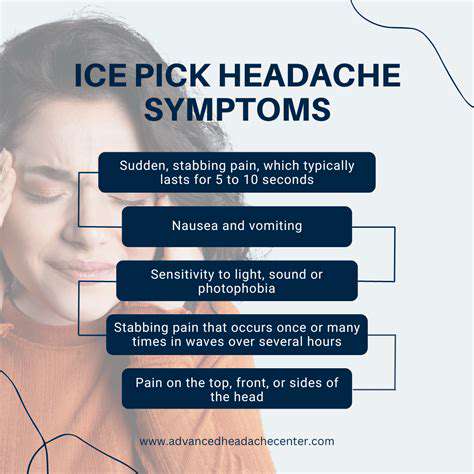Bumps on the Back of the Head: Causes and Treatments
Common Causes of Bumps on the Back of the Head
Injuries and Trauma
Bumps on the back of the head can often occur as a result of various injuries and trauma. These injuries can range from mild to severe, depending on the nature and force of the impact. A simple bump after a fall, for instance, may result in a localized swelling, which typically resolves with time and proper care. It's crucial to monitor any accompanying symptoms, such as dizziness or confusion, which may indicate a more serious issue.
In cases of blunt force trauma, like a sports-related injury or an accident, the risk of developing larger or more painful bumps increases significantly. While superficial bumps may be harmless, they can also signify underlying issues such as contusions or hematomas that may necessitate medical evaluation. Understanding the context of the injury is essential before deciding on a course of treatment.
When dealing with head injuries, proper first aid is vital. Applying ice to the affected area can help reduce swelling and minimize discomfort. Additionally, keeping the individual at rest while observing for any changes in condition is essential to ensure their safety. If the bump is accompanied by persistent headaches or visual disturbances, seeking immediate medical attention becomes imperative.
In some instances, head injuries could lead to complications such as concussions. A concussion is a form of traumatic brain injury that requires careful management. If someone experiences confusion, loss of consciousness, or prolonged headaches following an incident, they should consult with a healthcare professional to assess their condition and determine any necessary treatments.
Overall, while bumps on the back of the head due to trauma are common, they should not be disregarded, especially in the case of substantial forces involved. Awareness of potential symptoms and complications will aid in timely diagnosis and proper treatment planning, minimizing the risk of further injury.
Medical Conditions and Skin Issues
Aside from physical trauma, various medical conditions can contribute to the formation of bumps on the back of the head. Conditions like cysts, lipomas, and infections may present as noticeable lumps. Sebaceous cysts, for instance, are common benign lumps that can develop under the skin as a result of blocked sebaceous glands. While typically harmless, these cysts can become inflamed or infected, leading to discomfort or the need for medical intervention.
Another condition that may manifest in this area is folliculitis, an inflammation of the hair follicles that can result in bumps and irritation. This condition often arises due to bacterial infection or irritation from hair products. Treatment typically involves proper hygiene, the application of topical antibiotics, and avoiding further irritation of the area. Recognizing the signs of folliculitis can help in managing symptoms effectively.
Allergic reactions also play a significant role in developing bumps on the back of the head. Certain hair products, dyes, or even allergens in the environment can provoke reactions that lead to the formation of welts or hives. Identifying and avoiding these allergens can drastically improve symptoms and prevent future occurrences. Keeping a record of products used can assist individuals in pinpointing the source of the allergy.
Additionally, skin conditions such as psoriasis or eczema may lead to thickened patches or bumps on the scalp area. These chronic conditions require long-term management strategies and dermatological care. A dermatologist can prescribe medicated shampoos or topical treatments designed to alleviate symptoms and promote skin health.
In summary, while injuries can cause bumps on the back of the head, various medical conditions and skin issues can also play a significant role. Paying attention to the characteristics of these bumps, such as their size, texture, and associated symptoms, is pivotal in understanding their cause and determining the appropriate course of action for treatment.
When to Seek Medical Attention

Recognizing Symptoms That Warrant Professional Care
It's crucial to pay attention to any symptoms accompanying bumps on the back of the head. If you experience severe headaches, vision changes, or difficulty concentrating, these could indicate more serious underlying conditions. Persistent symptoms should never be ignored, as they can signal the need for immediate medical evaluation.
Moreover, if the bump is accompanied by other alarming signs such as dizziness, nausea, or loss of consciousness, it's essential to seek emergency care. These could be signs of trauma to the head or other serious issues that require prompt intervention. Prioritizing your health and safety is critical in these situations.
Understanding When to Contact a Healthcare Provider
While not all bumps on the back of the head require urgent care, awareness of your body's signals is key. If the bump continues to grow, changes in color, or triggers discomfort, it's advisable to consult a healthcare provider. They can conduct an examination to determine whether the bump is benign or requires further investigation.
Additionally, chronic bumps that do not resolve over time should be evaluated. Sometimes, the underlying issue might necessitate treatment or further monitoring. Engaging with healthcare professionals for regular check-ups is an important part of preventive care.
The Role of Medical Imaging in Diagnosis
In certain cases, a healthcare provider may recommend imaging studies to assess the bump accurately. Techniques such as ultrasound or CT scans can offer valuable insights into the nature of the growth. These imaging methods are non-invasive and can detect any abnormalities or changes that could present concerns for health.
Understanding the necessity of these imaging techniques can help alleviate any apprehension you might feel about seeking medical attention. Being informed about the diagnostic process is essential in determining the best course of action for your treatment.
Steps to Take in Case of Trauma
If you've sustained a bump on the back of your head due to trauma, immediate assessment is vital. Symptoms like swelling, pain, or confusion can indicate a concussion or other serious injuries. In such scenarios, it’s crucial to avoid any physical activity until a healthcare professional evaluates your condition.
Furthermore, keeping a close eye on any developing symptoms after a head injury is essential. If you experience worsening symptoms, such as increased drowsiness or worsening headaches, it's a clear sign to seek medical attention. Your health and well-being should always come first, and timely intervention can make a significant difference.
Treatment Options for Bumps on the Back of the Head

Understanding the Causes of Bumps on the Back of the Head
Before addressing treatment options, it is essential to understand what could cause bumps on the back of the head. These bumps can arise from various conditions, including cysts, lipomas, or injuries. Identifying the underlying issue is crucial for effective treatment. For instance, a cyst may require a different approach than a lipoma or a result of trauma.
Another common cause of bumps is folliculitis, which results from inflamed hair follicles. This condition often leads to small red bumps that may be mistaken for acne. Recognizing the specific nature of the bump will aid in selecting the most appropriate treatment. Seeking medical advice can help differentiate between benign and more serious causes of these bumps.
Non-Invasive Treatment Options
For minor bumps that are not symptomatic or caused by a serious condition, non-invasive treatment options are often recommended. These can include warm compresses to alleviate discomfort and promote healing. Applying a warm compress can help reduce swelling and improve blood flow to the area. This method can be particularly beneficial for cysts or folliculitis.
Over-the-counter medications, such as anti-inflammatory creams or topical antibiotics, may also be effective. These products can help manage inflammation and treat any potential infections associated with bumps. It’s essential to read instructions carefully to avoid any adverse reactions.
When to Seek Professional Help
While many bumps on the back of the head can be treated at home, certain signs necessitate professional medical intervention. Persistent bumps that do not improve with home care should be evaluated by a healthcare provider. Symptoms such as increasing pain, redness, or drainage require immediate attention to rule out serious conditions, such as infections or tumors.
A healthcare professional could recommend imaging tests or biopsies to determine the exact nature of the bump if it is concerning. In some cases, surgical removal might be necessary to prevent further complications. This decision should be made in consultation with a qualified specialist who can provide personalized treatment based on the diagnosis.





